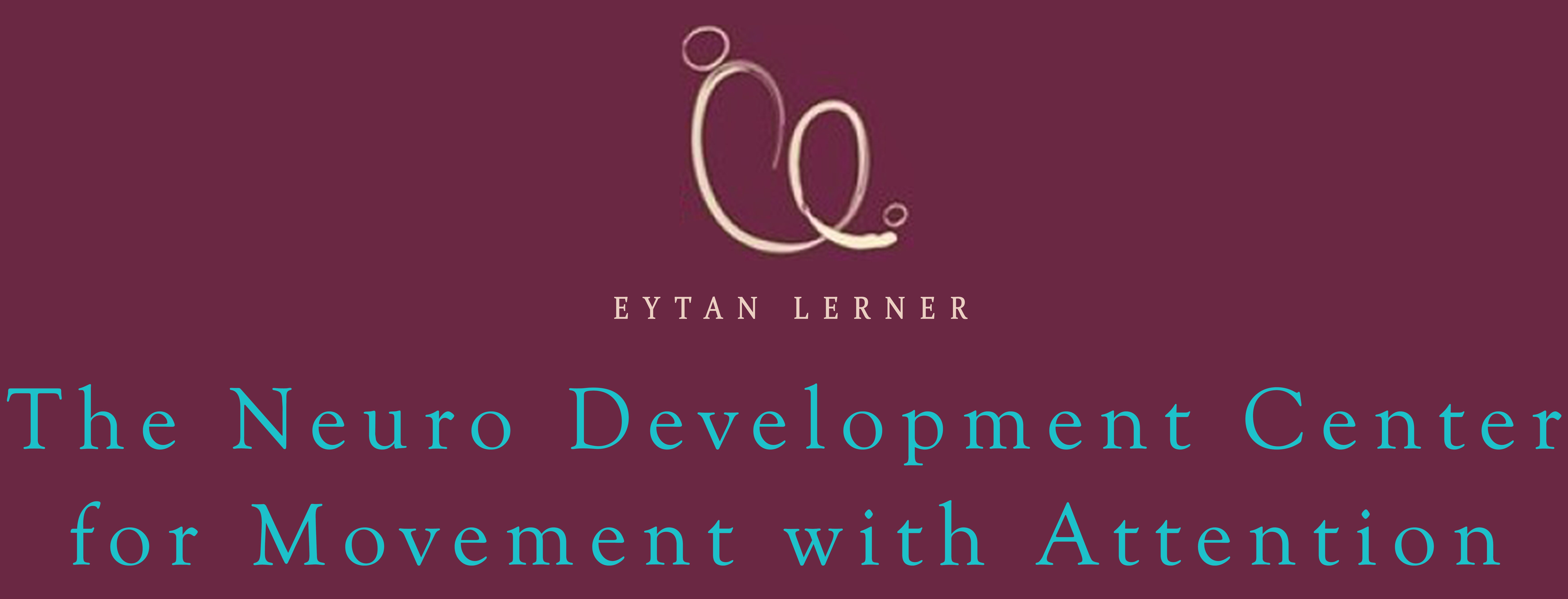Movement as the Engine of Human Development
How many of you still remember today the experience of learning in infancy and childhood? Not the type of learning which takes place in front of a blackboard or necessitates mimicking and memorizing.
Closely looking at babies, you can notice what seems to be an endless game: babies wave their hands uncontrollably, not knowing that what appears before their eyes in fact belongs to them. Perhaps they feel two separate occurrences. First, there is a sensation in their backs and bodies. Then, things wave in front of their eyes. Gradually, the baby associates between sensation and act, realizing that these are his/her hands. The baby’s intentional and repetitive experimenting, through games and genuine show of interest, enables him/her to gain movement control. It is a far more complex learning process than those which follow it (at school or university). In essence, this fundamental and organic learning is the base of all learning and it is the foundation for thinking.
Similar processes siezelessly happen in the first years of our lives when we “coincidentally” do something while playing. For example, a baby can follow something on the ceiling with his/her gaze and, as a result, roll over. It is an experience the baby then continue to seek, initiate, and thus also master. While this is a complex process, it is not “difficult” in the sense that we, as adults, are familiar with: babies and toddlers do not strain themselves ineffectively, as adults often do once they learn something new. Children play. They become true scientists while serving as both researchers and the object of their research. Try to remember, for example, how hard it was to learn how to read: one has to differentiate between left and right, up and down, while additionally tie the movement of the eyes to that of the fingers.
Generally, we tend to lose our connection with our innate learning ability and the sense of wealth which accompanies it. This often happens for a number of reasons: as a child, others—often adults—limit our movements (don’t run, don’t jump, along other prohibitions that involve the exploration of our bodies and environment). These limitations are determined by cultural norms and according to fears which derive from the personal history of our caretakers. Reprehensions which limit natural acts can cause children to stop from seeking new ways to move, thus limiting the scope of their movement or their response ways towards most of the life-situations they will inevitably face.
In addition, the structure of the brain and neural system is such that once you learn how to do something in a specific manner, neural paths are created, connecting one area of the brain to another part of the body; from this moment onwards, one is likely to use repetitive actions and these specific neural paths. As a result, new potential alternative movements are screened and rejected, and one is left to operate within familiar territory. Nevertheless, there are those—particularly artists—whose profession or life style mandates constant self-discovery; the process of artistic creation, in and of itself, depends on the artist’ ability to explore new routes and methods which cultivate the learning process throughout the artist’s life.
Naturally, animals vary from humans. On the one hand, in shorter periods of time—ranging from several hours to several days or short months—they learn everything they need for the rest of their lives. Consequently, they period in which they are entirely dependent on their caretakers is brief. On the other hand, after their initiation period, their brain and neural systems are set so that hardly any new learning is made possible. The prominent shortcoming of humans lies in the long period in which they are completely dependent on others. However, since our brain and neural system are built to allow ceaseless learning, even once our physical development reaches its peak, the brain’s neural information paths can still be changed.
The thing which maps our brain, making it an ever-changing organ at any age, is movement, or, if put more accurately, attentive movement. Moving while being attentive to movement is something most of us stop doing at a very early age. This is precisely why the Anat Baniel Method for children with special needs and the Feldenkrais method can work so perfectly: they specialize in discovering the unique conditions to allow and stimulate learning, using our innate learning capabilities practically in order to change any health condition or developmental delay.




